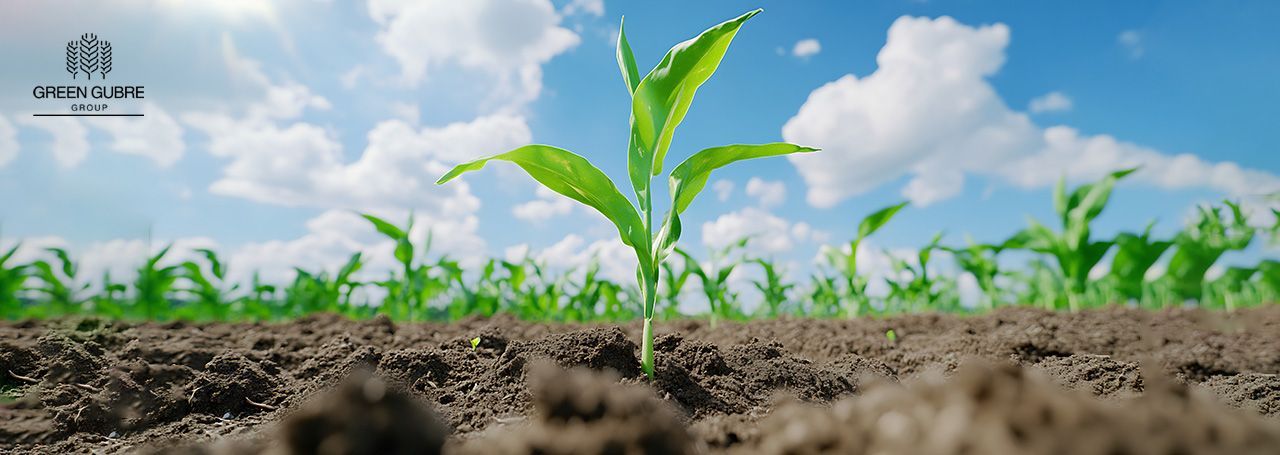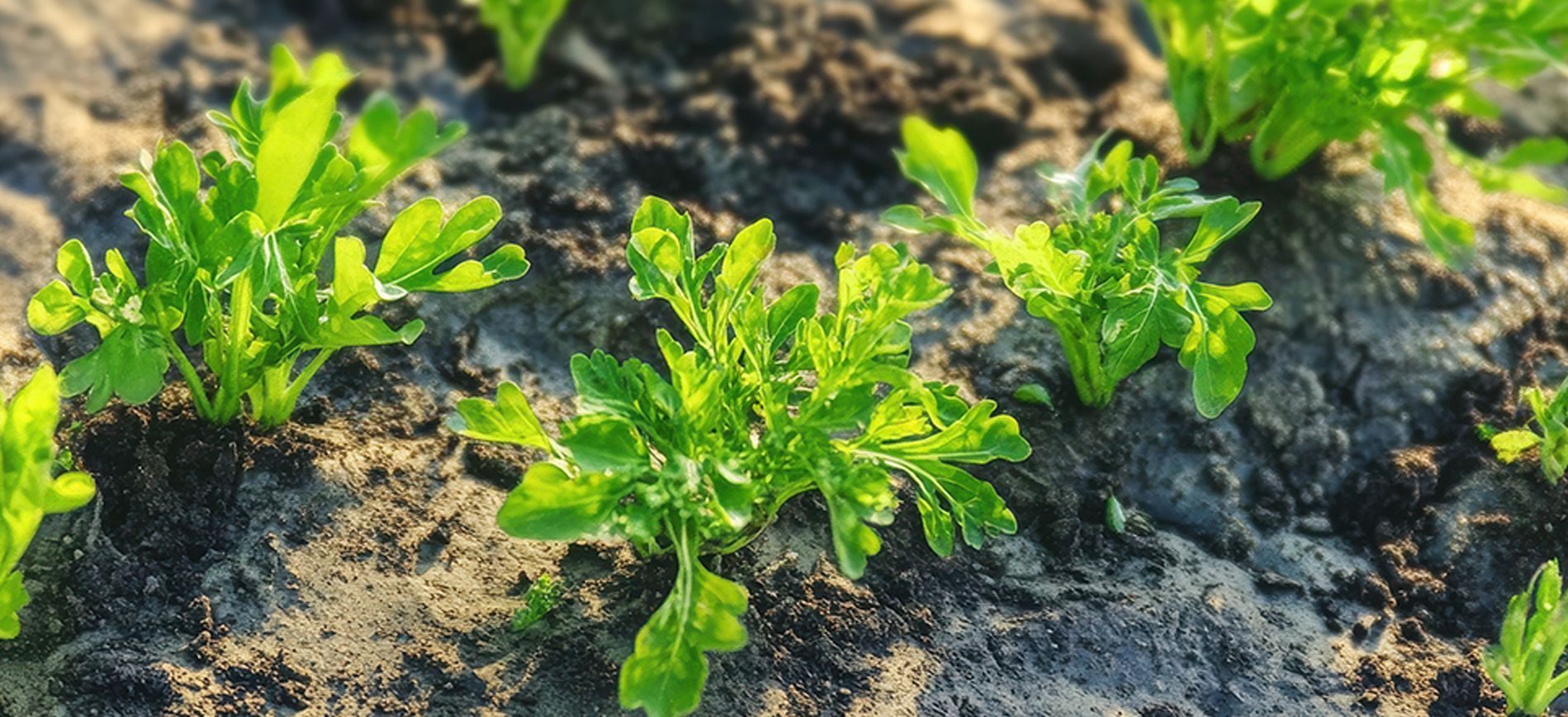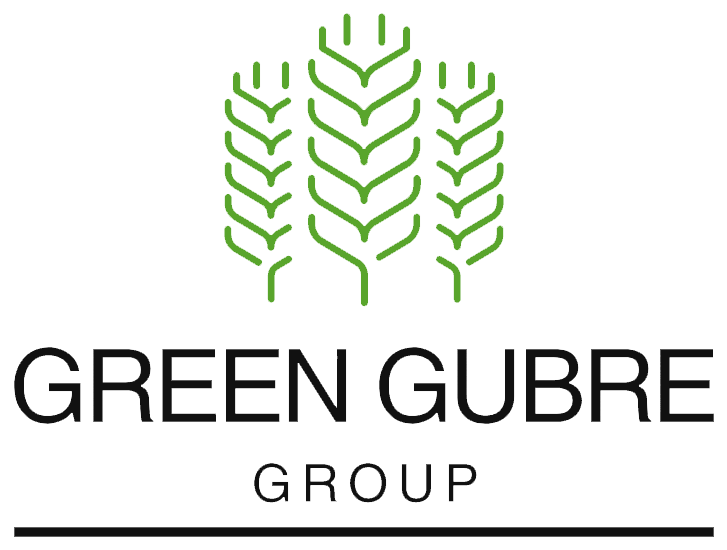Nitrogen Fertilizers – Fueling Growth and Yield Potential
Nitrogen Fertilizers – Fueling Growth and Yield Potential

Introduction: The Growth Engine of Global Agriculture
Nitrogen (N) is the foundation of all plant nutrition—responsible for the green color of leaves, the formation of proteins, and the photosynthetic power that drives yield. As the most essential macronutrient, nitrogen shapes everything from leaf expansion to seed formation and fruit quality.
However, despite its importance, global nitrogen use efficiency (NUE) remains low, with nearly half of applied nitrogen lost to leaching, volatilization, or denitrification. This inefficiency not only wastes resources but also contributes to greenhouse gas emissions and water pollution.
That’s why the future of fertilization depends on optimized nitrogen management—balancing productivity, profitability, and sustainability. Whether through urea, ammonium nitrate, CAN, or enhanced‑efficiency fertilizers, nitrogen remains the key driver of resilient, high‑yield agriculture.
1. The Critical Role of Nitrogen in Plant Development
Nitrogen is central to plant life and development. It forms the backbone of:
- Proteins and enzymes are essential for metabolism and tissue formation
- Chlorophyll, which converts sunlight into energy through photosynthesis
- Nucleic acids (DNA & RNA), driving cell division and genetic growth
- Tiller and shoot development, expanding photosynthetic area, and yield potential
Symptoms of Nitrogen Deficiency
- Yellowing (chlorosis) of older leaves
- Reduced tillering and weak stem growth in cereals
- Smaller leaves, delayed flowering, and lower protein content
Without adequate nitrogen, crops exhibit slow growth and weak canopies—conditions that are rarely reversible once the critical early stages pass.
2. Main Types of Nitrogen Fertilizers
Nitrogen fertilizers differ by solubility, release rate, and environmental behavior. Selecting the right type is vital for both efficiency and sustainability.
| Fertilizer Type | Nitrogen Content | Key Benefits | Best Use Conditions |
|---|---|---|---|
| Urea (46-0-0) | 46% | High concentration, economical | Broadacre crops, incorporated or stabilized |
| Ammonium Nitrate (34-0-0) | 34% | Dual N form (nitrate + ammonium), quick acting | Cooler climates, rapid crop uptake |
| Calcium Ammonium Nitrate (CAN) | 26% N + 10% Ca | Improves soil structure, low volatility | Acidic or temperate soils |
| UAN (Urea Ammonium Nitrate, 28–32%) | Liquid | Ideal for fertigation or foliar spray | Precision and high-frequency systems |
| Slow/Controlled Release (SRN/CRN) | Variable | Minimizes leaching and volatilization | High-value crops, turf, or sandy soils |
3. Crop‑Specific Nitrogen Strategies
Crops respond differently to nitrogen timing and placement. Intelligent scheduling maximizes yield while preventing waste.
- Cereals (Maize, Wheat, Rice): Apply in split doses—basal, tillering, and booting—to synchronize with uptake stages.
- Vegetables (Tomato, Lettuce, Onion): Require frequent, low-dose fertigation or foliar feeding.
- Fruits (Citrus, Banana, Apple): Nitrogen boosts canopy and fruit growth, but should be balanced with potassium.
- Oilseeds & Legumes: Soybean and chickpea fix atmospheric N but still benefit from starter doses for early vigor.
4. Global Nitrogen Market Trends and Efficiency Challenges
Worldwide, nitrogen fertilizers exceed 120 million tons in annual consumption, led by urea (46% N). But NUE remains below 50%, resulting in significant inefficiencies and emissions.
Regional Insight
- Asia: China and India dominate nitrogen demand; both promote coated and slow-release fertilizers.
- Africa: Access to affordable urea is increasing via new blending plants and port infrastructure.
- Europe: The EU’s Nitrates Directive pushes precision application and reduced emissions.
- Americas: Enhanced-efficiency fertilizers and precision agriculture technologies are scaling fast.
The global nitrogen fertilizer market is projected to surpass $140 billion by 2030, driven by population growth and sustainability targets.
5. Green Gubre Group – Delivering Smart Nitrogen for Modern Farming
At Green Gubre Group, we specialize in nitrogen products engineered for efficiency, reliability, and environmental compliance.
Our solutions include
- Urea (Granular & Prilled) in bulk and bagged forms
- UAN 28/30/32% Liquid for fertigation and foliar systems
- CAN & Ammonium Nitrate for specialty or temperate applications
- Controlled‑release nitrogen fertilizers (CRN/SRN) for high‑value crops
- Custom NPK + Nitrogen blends based on crop, soil, and climate data
We also offer agronomic advisory, application planning, and sustainability audits, helping farmers boost yield while reducing emissions.
Conclusion: Feeding Growth, Sustaining the Future
Nitrogen fertilizers remain the driving force of global food security, powering growth in every field and orchard. Yet, the next generation of nitrogen management focuses on precision, timing, and responsibility.
By adopting enhanced-efficiency fertilizers and data-driven applications, growers can achieve higher yields with lower losses, aligning profitability with environmental care.
At Green Gubre Group, we are committed to helping producers grow stronger crops—sustainably, efficiently, and intelligently.




